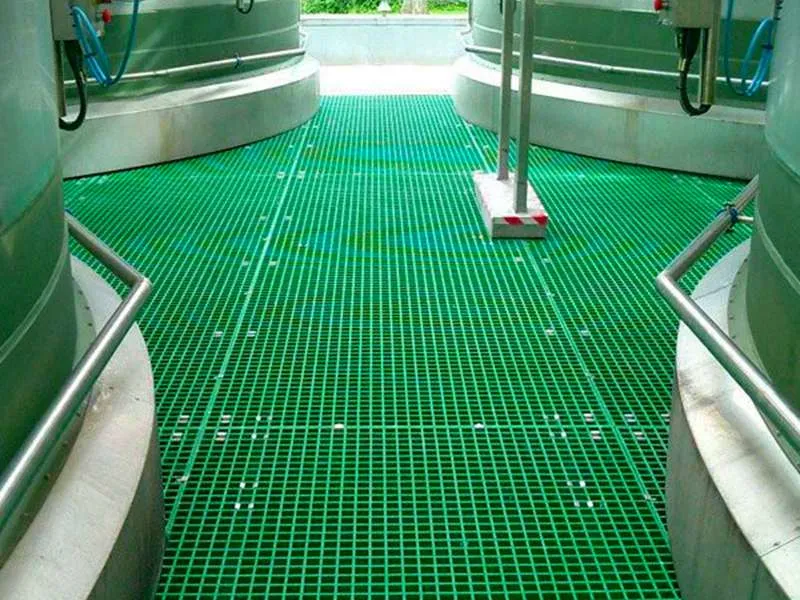
-
 Afrikaans
Afrikaans -
 Albanian
Albanian -
 Amharic
Amharic -
 Arabic
Arabic -
 Armenian
Armenian -
 Azerbaijani
Azerbaijani -
 Basque
Basque -
 Belarusian
Belarusian -
 Bengali
Bengali -
 Bosnian
Bosnian -
 Bulgarian
Bulgarian -
 Catalan
Catalan -
 Cebuano
Cebuano -
 China
China -
 China (Taiwan)
China (Taiwan) -
 Corsican
Corsican -
 Croatian
Croatian -
 Czech
Czech -
 Danish
Danish -
 Dutch
Dutch -
 English
English -
 Esperanto
Esperanto -
 Estonian
Estonian -
 Finnish
Finnish -
 French
French -
 Frisian
Frisian -
 Galician
Galician -
 Georgian
Georgian -
 German
German -
 Greek
Greek -
 Gujarati
Gujarati -
 Haitian Creole
Haitian Creole -
 hausa
hausa -
 hawaiian
hawaiian -
 Hebrew
Hebrew -
 Hindi
Hindi -
 Miao
Miao -
 Hungarian
Hungarian -
 Icelandic
Icelandic -
 igbo
igbo -
 Indonesian
Indonesian -
 irish
irish -
 Italian
Italian -
 Japanese
Japanese -
 Javanese
Javanese -
 Kannada
Kannada -
 kazakh
kazakh -
 Khmer
Khmer -
 Rwandese
Rwandese -
 Korean
Korean -
 Kurdish
Kurdish -
 Kyrgyz
Kyrgyz -
 Lao
Lao -
 Latin
Latin -
 Latvian
Latvian -
 Lithuanian
Lithuanian -
 Luxembourgish
Luxembourgish -
 Macedonian
Macedonian -
 Malgashi
Malgashi -
 Malay
Malay -
 Malayalam
Malayalam -
 Maltese
Maltese -
 Maori
Maori -
 Marathi
Marathi -
 Mongolian
Mongolian -
 Myanmar
Myanmar -
 Nepali
Nepali -
 Norwegian
Norwegian -
 Norwegian
Norwegian -
 Occitan
Occitan -
 Pashto
Pashto -
 Persian
Persian -
 Polish
Polish -
 Portuguese
Portuguese -
 Punjabi
Punjabi -
 Romanian
Romanian -
 Russian
Russian -
 Samoan
Samoan -
 Scottish Gaelic
Scottish Gaelic -
 Serbian
Serbian -
 Sesotho
Sesotho -
 Shona
Shona -
 Sindhi
Sindhi -
 Sinhala
Sinhala -
 Slovak
Slovak -
 Slovenian
Slovenian -
 Somali
Somali -
 Spanish
Spanish -
 Sundanese
Sundanese -
 Swahili
Swahili -
 Swedish
Swedish -
 Tagalog
Tagalog -
 Tajik
Tajik -
 Tamil
Tamil -
 Tatar
Tatar -
 Telugu
Telugu -
 Thai
Thai -
 Turkish
Turkish -
 Turkmen
Turkmen -
 Ukrainian
Ukrainian -
 Urdu
Urdu -
 Uighur
Uighur -
 Uzbek
Uzbek -
 Vietnamese
Vietnamese -
 Welsh
Welsh -
 Bantu
Bantu -
 Yiddish
Yiddish -
 Yoruba
Yoruba -
 Zulu
Zulu
frp tee
Understanding FRP Tee An Essential Component in Modern Engineering
Fiber Reinforced Polymer (FRP) has emerged as a groundbreaking material in various engineering applications, thanks to its unique strength-to-weight ratio, corrosion resistance, and versatility. Among the key components built from FRP, the FRP tee stands out as a crucial element used in piping, structural, and construction applications.
.
One of the primary advantages of FRP tees is their exceptional resistance to corrosive environments. Unlike traditional metal fittings that can rust or degrade over time, FRP tees maintain their integrity even in harsh conditions, including exposure to chemicals, salt, and moisture. This durability not only extends the lifespan of the infrastructure but also reduces maintenance costs significantly.
frp tee

In addition to their corrosion resistance, FRP tees are remarkably lightweight compared to steel or other metal alternatives. This lightweight nature facilitates ease of handling and installation, leading to reduced transportation costs and enhanced efficiency on construction sites. Workers can manage and install FRP components more easily, contributing to faster project timelines.
Moreover, the production of FRP tees can be customized to meet specific design configurations, sizes, and strengths, making them readily adaptable for a variety of applications. Engineers can design systems that optimize fluid flow and enhance structural performance using customized FRP tees, leading to innovative solutions in the industry.
Another notable feature of FRP tees is their thermal and electrical insulation properties. These attributes make them ideal for environments that require minimal thermal conductivity or an avoidance of electrical conductivity, thus increasing safety and efficiency in operational processes.
In conclusion, the FRP tee is an indispensable component in modern engineering and construction. Its benefits—including corrosion resistance, lightweight advantage, customization capabilities, and insulation properties—make it a preferred choice across various industries. As technology advances and the need for durable, efficient materials grows, FRP tees will undoubtedly play a significant role in shaping the future of infrastructural development. Emphasizing sustainability and efficiency, they exemplify a modern approach to engineering challenges.









